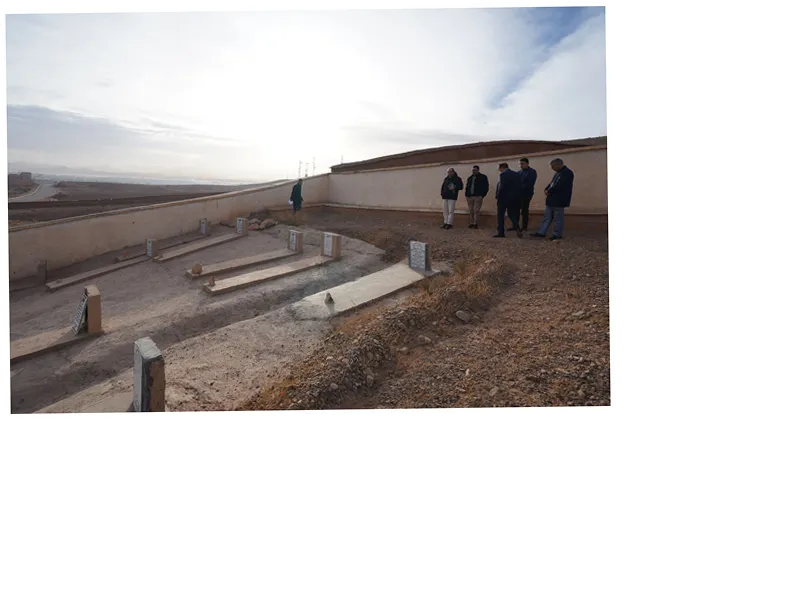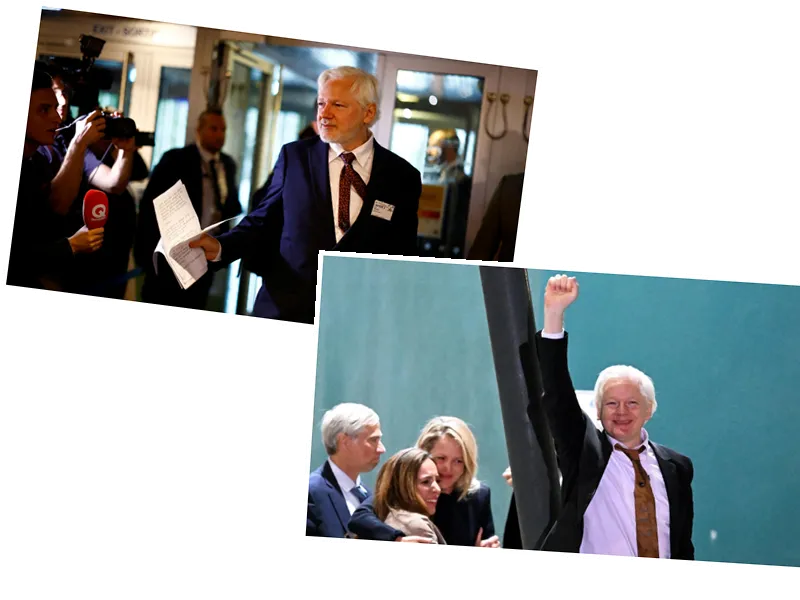Uncovering the Truth of Tazmamart Prison Victims
In a significant move towards transitional justice, the National Human Rights Council of Morocco has embarked on a groundbreaking initiative to identify the remains of victims buried in the notorious Tazmamart prison. This facility, which operated from 1973 to 1991, was infamous for holding political prisoners under inhumane conditions. Among the first victims was Pilot Mohamed El Shamsi, who died in February 1974, marking the beginning of a tragic history where many met their end within the prison walls. Survivors and families of the deceased have long sought recognition and closure, as 32 individuals were reportedly buried in unmarked graves, leading to decades of anguish for their loved ones.
The Council has begun utilizing advanced DNA extraction techniques to analyze deteriorated bone samples, a process that was initiated in September 2024. This technological advancement has opened a new chapter in the quest for truth, allowing families to finally identify their lost relatives. Abdullah Akaoui, head of the Association of Victims of Tazmamart Prison, emphasized that this effort is crucial for preserving the memory of those who suffered and for the families’ right to know the fate of their loved ones. The identification process is not merely a scientific endeavor; it is a vital step in acknowledging the past and ensuring that such violations of human rights are not forgotten.
Restoration and Remembrance
In addition to identifying the deceased, the National Human Rights Council has committed to restoring the former detention center in Tazmamart. A budget of 55 million dirhams has been allocated for this project, which aims to transform the site into a place of remembrance and reflection. The restoration efforts include cleaning the cemetery where victims were buried, which had fallen into neglect over the years. Families hope that this rehabilitation will not only honor the memories of those lost but also provide a space for healing and reconciliation.
The initiative also encompasses broader community support, with various ministries contributing funds for local development projects aimed at benefiting the village surrounding Tazmamart. This comprehensive approach highlights the importance of addressing historical injustices while fostering community welfare. As Morocco continues to grapple with its past, the identification of Tazmamart victims and the restoration of their burial site serve as poignant reminders of the need for accountability and the preservation of history.






